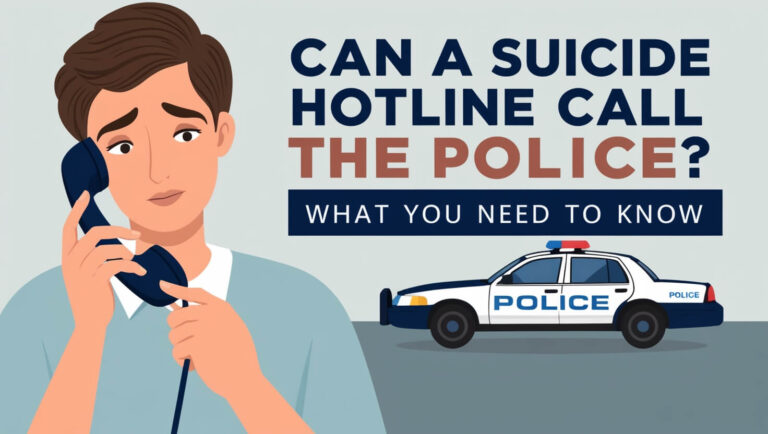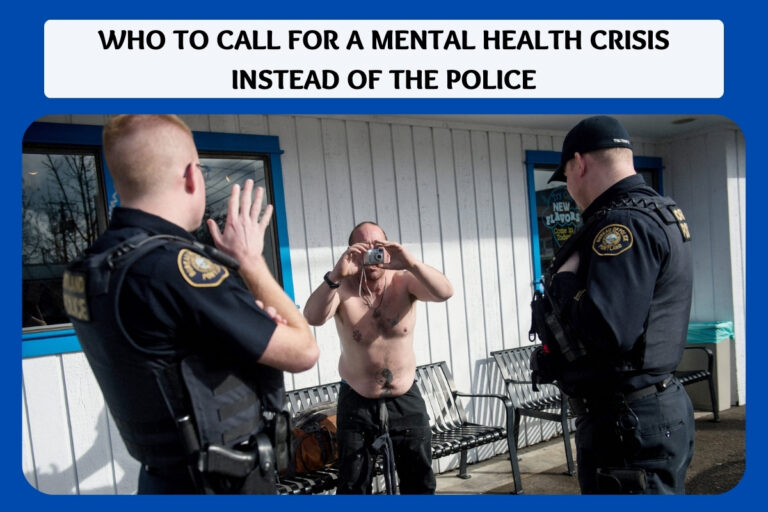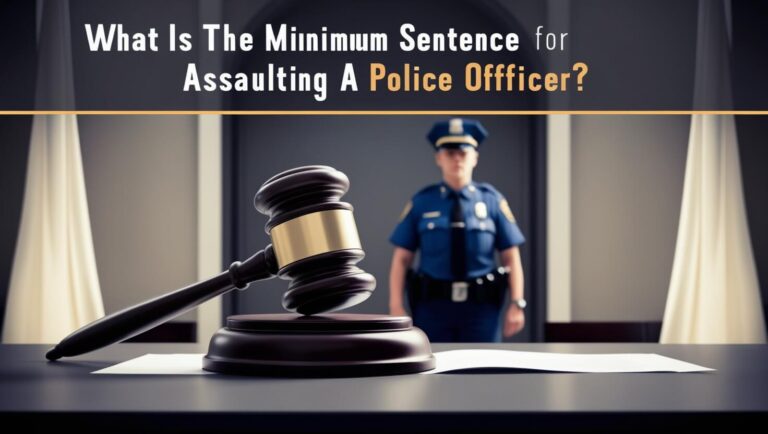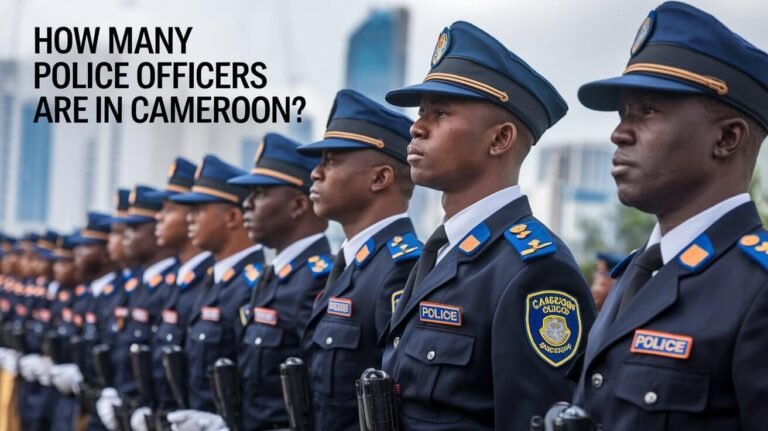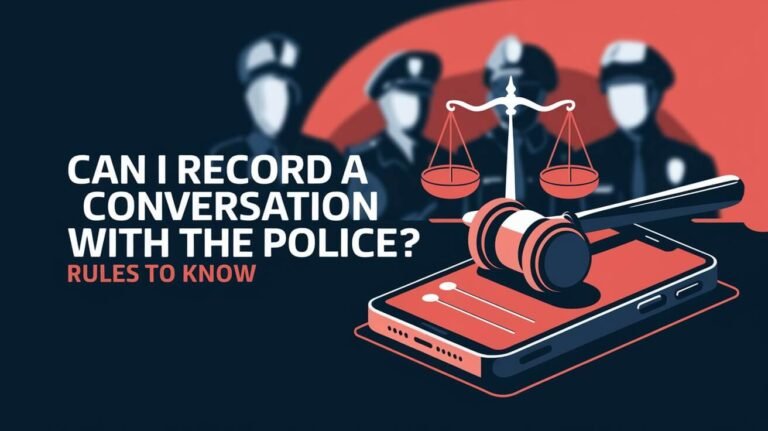Are Police Officers Required To Carry A Firearm: Explained
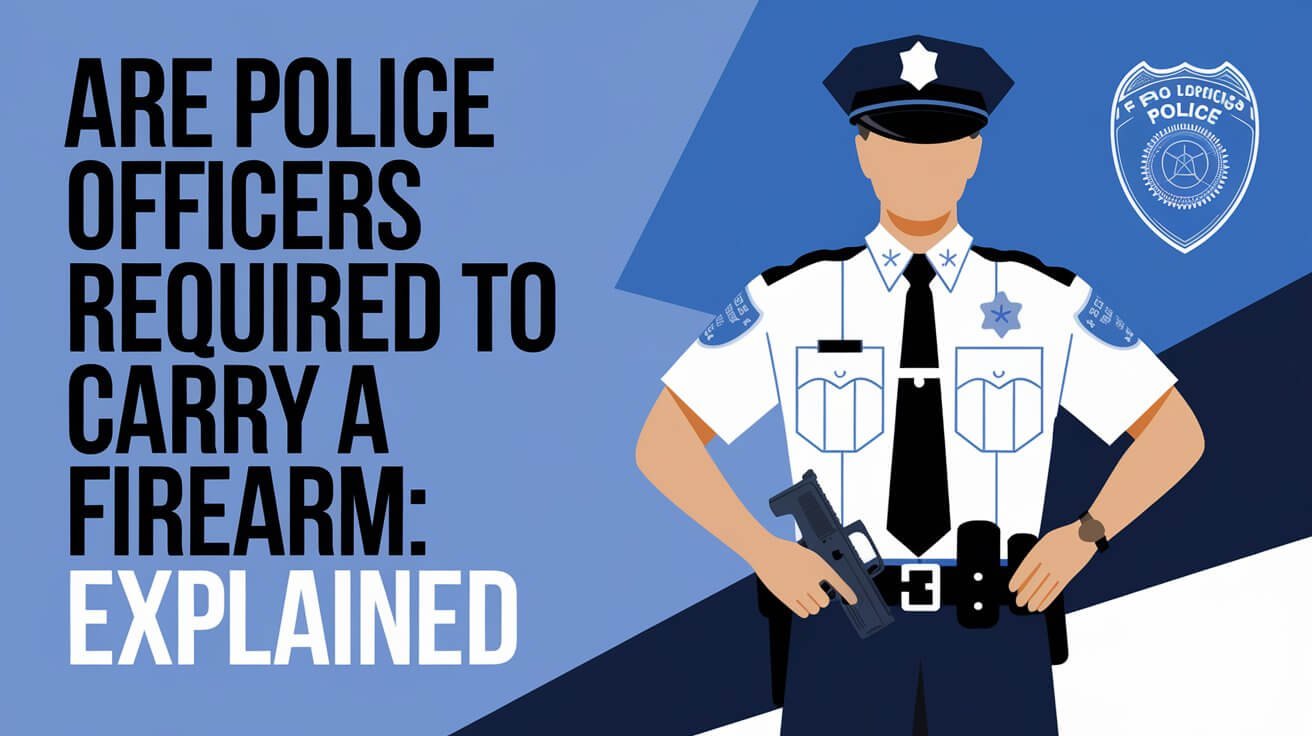
The Law Enforcement Officers Safety Act (LEOSA) of 2004 lets qualified law enforcement officers carry a concealed firearm anywhere in the country. This is true even if most state and local laws say they can’t. It’s a big deal for police officers and their gun rules in law enforcement.
Under the LEOSA, officers who meet certain criteria can carry hidden guns. They don’t have to follow state laws that say they can’t. This is a big deal for police officers and their gun rules in the U.S., mainly when they’re doing law enforcement work.
The LEOSA sets the rules for police officers and guns. It’s key for officers to know these rules well. This helps them follow federal and state laws about carrying guns while doing their job.
Federal Laws on Police Firearm Requirements
Federal laws are key in setting rules for police firearms. The Law Enforcement Officers Safety Act (LEOSA) lets qualified officers carry hidden guns anywhere in the U.S. or U.S. Territories. This law helps protect officers, even when they’re not on duty.
The U.S. Constitution also shapes police firearm rules. The Second Amendment protects the right to bear arms. Yet, laws like LEOSA give specific rules for police to carry guns.
Key Provisions of LEOSA
LEOSA has important rules:
- Retired officers must pass a firearms test every 12 months to be covered by the law.
- People under alcohol or drug influence can’t carry guns.
- Retirees need to carry certain ID and proof of recent training to carry guns.
These rules show how federal laws control police firearm rules. They ensure officers are safe and can defend themselves, while keeping everyone safe.
State-Specific Police Firearm Regulations
State laws are key in setting rules for police firearms. Law enforcement must follow these rules to keep everyone safe. In the U.S., each state has its own laws about police guns. This can cause some differences and similarities between states.
The Illinois State Police must make license apps available within 180 days of July 9, 2013. They also have to decide on a license within 90 days after getting a complete application. This is all thanks to the Firearm Concealed Carry Act.
Some important parts of state-specific police firearm rules include:
- Rules for giving out licenses to carry a concealed firearm
- What applicants need to qualify, documents, and fees
- When a person with a license doesn’t need to show it while carrying a gun
- How police should act when they meet someone with a concealed firearm
In Illinois, peace officers and probation officers must finish a 40-hour gun training course. This course teaches about gun safety and legal use of firearms. The Illinois Law Enforcement Training Standards Board offers these courses twice a year. This makes sure police can use guns safely and right.
| State | Firearm Regulation | Law Enforcement Agency |
|---|---|---|
| Illinois | Firearm Concealed Carry Act | Illinois State Police |
| California | California Penal Code | California Highway Patrol |
| New York | New York Penal Law | New York State Police |
It’s very important for law enforcement to know the specific rules about police firearms in their state. By looking at these rules in different states, we can find the best ways to keep communities safe. This helps law enforcement do their job better.
Police Academy Firearm Training Standards
Law enforcement officers get tough training at the police academy. They learn how to use firearms well. Each state has its own rules, but most want officers to get a certain amount of training each year. For instance, in Alabama, officers must get 12 hours of training yearly, including how to use guns.
The Municipal Police Officers’ Education and Training Commission (MPOETC) has strict rules. All certified officers must pass a test with their main weapon. This makes sure they can use their guns safely and well. The MPOETC also makes sure officers meet a minimum standard to be certified.
Some important things about police academy firearm training are:
- Officers must pass a test with their main weapon.
- They must qualify on all weapons they carry, including backup guns and those for off-duty use.
- They need to qualify every year, with training given by certified teachers.
Main goal of firearm training is to keep officers safe and skilled. This training is key to keeping everyone safe. It helps officers do their job well and protect the community.
| State | Firearm Training Requirements |
|---|---|
| Alabama | 12 hours per year, including firearms proficiency |
| Arizona | 8 hours per year of electives and 8 hours every 3 years of proficiency training |
| California | De-escalation training of 2 hours every 2 years, plus 24 hours every 2 years of additional training |
On-Duty vs Off-Duty Firearm Protocols
Law enforcement officers must follow firearm rules, whether they’re working or not. On-duty officers must carry their service handgun in uniform. Off-duty officers can carry it, but they must follow state and federal laws.
In some places, like Ohio, off-duty cops can carry guns in public spots. This includes hotels, restaurants, and sports venues. But, they must be active-duty and not drink alcohol while armed. Businesses can get legal advice to handle this situation and keep guests safe.
The main differences in firearm rules for on-duty and off-duty officers are: * On-duty officers must carry their service handgun in the issued holster. * Off-duty officers can carry their service handgun, but it’s not required. They must follow state and federal laws. * Off-duty officers need to carry their agency’s ID card and use a weapon approved by their agency. * All officers need to take quarterly training to stay proficient and qualified.
| Protocol | On-Duty | Off-Duty |
|---|---|---|
| Carrying Service Handgun | Required | Encouraged, but not required |
| Securing Handgun | Must be secured in issued holster | Must use approved holster for concealed carry |
| Training Requirements | Quarterly In-service Training | Quarterly In-service Training |
Departmental Policies and Standard Operating Procedures
Law enforcement agencies have strict rules for using firearms. These rules are to keep officers and the public safe. They follow federal and state laws, and the best practices in the field.
Louisville Metro Police Department (LMPD) has a detailed policy on firearms. Officers must train and qualify twice a year. They also need to pass a patrol rifle course before carrying a rifle.
Equipment Specifications
The LMPD has clear rules for firearms equipment. For example, they use ArmaLite Model 15 (AR-15) style rifles. Officers can also use their own rifles if they meet certain standards.
Maintenance Requirements
Keeping firearms in good shape is key. Officers must regularly check and maintain their guns. They also need to keep records of their maintenance and training.
Documentation Protocols
Keeping accurate records is vital. Officers must document their training, qualification, and maintenance. They also need to report any incidents where force was used.
Some important policies for law enforcement include:
- Training and qualification for firearms
- Rules for firearms and ammunition
- Maintenance and inspection of firearms
- Keeping records of training and maintenance
- Use of force policies
Following these rules, law enforcement agencies can use firearms safely and effectively. This helps prevent accidents and injuries. It’s part of their commitment to public safety and building trust in the community.
Alternative Weapon Options for Law Enforcement
Law enforcement agencies are always looking for new weapons to keep everyone safe. Studies show that 15 to 20 percent of arrests involve force, leading to injuries in 17 to 64 percent of cases. To lower these numbers, many police forces use tools like Tasers, which can reduce injury risks by 70 percent.
Some of the alternative weapon options available to law enforcement include:
- Pepper spray, which can cause a suspect to stop or slow down by interfering with breathing and vision
- Plastic bullets, which can be used to disarm a suspect without causing fatal injury
- Bean bag rounds, which can be used to subdue a suspect without causing permanent harm
These tools have proven effective in reducing injuries. For example, a study found that CEDs and pepper spray cut injury risks by 65 and 70 percent, respectively. In places like Orlando and Austin, using Tasers led to fewer injuries for both officers and suspects.
Police officers are also looking into other options, like less-lethal ammo and wireless TASER-like devices. The aim is to give officers more choices, reducing the need for deadly force and keeping everyone safer.
Special Unit Firearm Requirements
Law enforcement agencies have special units with unique firearm needs. These units, like SWAT teams and undercover operations, are key to keeping us safe. Their firearm needs are set to make sure officers can deal with dangerous situations.
SWAT teams need special training for risky situations. Undercover officers carry hidden weapons. And, some jobs might not need guns at all.
SWAT Team Protocols
SWAT teams get tough training for dangerous jobs. They learn about guns, tactics, and managing crises. This training helps them stay safe and protect us.
Undercover Operations
Undercover officers carry hidden guns, which is tricky. They must learn to use their guns without being seen. They get special training and gear for this.
Administrative Positions
Some law enforcement jobs don’t need guns all the time. But, officers might carry them in certain situations. For example, when moving prisoners or facing danger.
Special units like SWAT and undercover teams need special guns to keep us safe. Law enforcement gives them the training and tools they need. This helps them do their jobs well and keep our communities safe.
International Police Force Comparisons
International police forces have different rules about guns. In some places, cops don’t carry guns. But in others, it’s a must. For example, in nineteen countries, cops only use guns when needed. These places have fewer gun-related deaths than places with armed police.
In Australia, all cops carry guns, mostly Glocks. Iceland is different, with cops rarely using guns. The U.S. has a unique setup, with many local police forces.
How much money countries spend on police also varies. Finland spends less than 0.5% of its budget on police. Hungary spends the most, about 1.4%. The U.S. spends around 1% of its budget on police, mostly from local funds. These differences affect how police interact with communities.
Some interesting facts about police worldwide include:
- In Great Britain, 47% of people want all cops to be armed, while 48% disagree.
- In the U.S., cops handle many situations, not just crimes. This includes mental health issues and noise complaints.
- About one in ten police calls in the U.S. is for mental health. Up to one in four people shot by police show signs of mental illness.
Looking at how different countries handle police and guns is key. It shows us how police work and affect communities. This knowledge helps us talk about police and gun policies in the U.S., too.
End Summary
As we wrap up our deep dive into police officers and firearms, it’s clear that finding a balance is key. Most police in the U.S. carry guns, but the country’s gun culture sparks ongoing debates. This debate centers on whether all officers need to be armed.
Studies show that other methods, like special training and community involvement, might cut down on the need for guns. There’s also a push for clearer rules from city councils and lawmakers on when force is okay. By tackling these details, we can move towards a smarter way to handle firearms for police.
At the end of the day, keeping everyone safe is the main goal. By constantly reviewing and improving training, and by exploring new ideas, we aim for a fair and effective system. This system should uphold justice and keep the public’s trust.
Questions We Get Asked
Are police officers required to carry a firearm?
Yes, police officers must carry a firearm on duty. This is to keep the public safe and handle threats effectively. The rules for firearms differ by federal, state, and local laws.
What are the federal laws governing police firearm requirements?
Federal laws on police firearms are based on the Constitution, agency standards, and interstate rules. These laws help ensure firearms are used the same way across law enforcement.
How do state-specific police firearm regulations differ?
State laws on police firearms vary. They cover things like what equipment to use, how to maintain it, and training. Knowing these differences is key for officers working in different states.
What are the police academy firearm training standards?
Police academies teach basic firearm skills, ongoing training, and specialized courses. These standards help officers use firearms safely and effectively.
How do on-duty and off-duty firearm protocols differ?
On-duty and off-duty firearm rules for police differ. They cover what equipment to use, carry rules, and usage guidelines. Understanding these differences is important for public safety and proper firearm use.
What are the departmental policies and standard operating procedures for police firearms?
Police departments have policies and procedures for firearms. These cover equipment, maintenance, and documentation. These rules ensure firearms are used responsibly and consistently.
What are the alternative weapon options for law enforcement?
Law enforcement has options like tasers, pepper spray, and batons, aside from firearms. Knowing the pros and cons of these alternatives is key for public safety and effective response.
What are the special unit firearm requirements for police?
Special units like SWAT and undercover teams have unique firearm needs. These rules are tailored to meet the challenges of these roles.
How do international police forces compare in their firearm requirements?
International police firearm rules vary a lot. They reflect cultural, political, and legal differences. Comparing these can offer insights into effective firearm policies and challenges.

